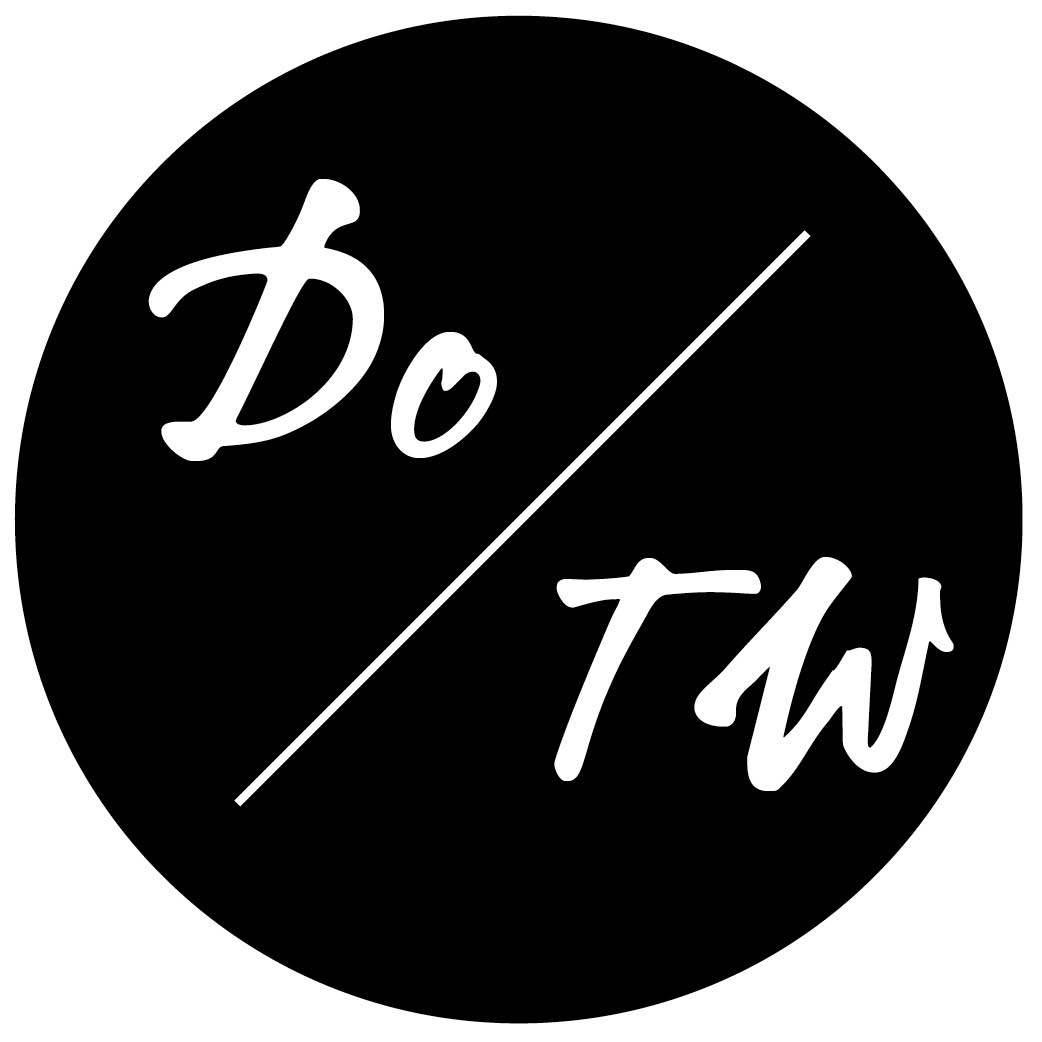Are You Wasting Your Best Writing Hours By Not Energy Mapping Your Day?

I literally track every minute that I spend on my laptop using a time tracker. Not because I am a particularly micromanaging person. But to make sure that what I think is happening or is possible is in line with reality.
As freelance travel writers, the speed at which we dream up and validate new article ideas, research markets, and complete our assignments comes directly out of our pockets, so it’s important to know how long it takes you to get things done.
But one of the most eye-opening things that using a time tracker has taught me is that the amount of time it takes to write the same thing, such as a formulaic blog post or a column for a magazine that I write every month, can vary by up to 450% depending on how motivated I am at that moment and how much energy I have.
When I am writing an article just because it is due, when essentially I force myself to pull and pull and pull until I hit those 1,500 words rather than letting myself work on whatever I feel excited about and any idea that floats through my head, I am simply floored by how long my articles take.
This also happens if I try to work on articles in the morning when I know that my best writing time is between about 5 and 8 p.m. As I write this, it is 7:04 p.m. and it’s the fifth thing I’ve worked on in the last hour.
Knowing when are the best times for you to write and what times you should spend on other, less focus-intensive tasks is simply one of the most fundamental ways to become a six-figure travel writer. It would never be possible for me to write the quantity I do if I always used my writing time to do interviews or explore new cities and forced myself to only write in the morning.
Let’s find your best writing times and make sure you are maximizing them so you can hit your earning potential.
Action Item: Find Your Best Writing Times and Never Spend 5x Too Long Writing Again
For a moment, rather than looking at your day as it is, we’re going to map out how your body thinks your day should be with energy heat mapping. Biologically, our body is naturally programmed to certain ebbs and flows in mental capacity.
However, with the addition of caffeine, electric lights, stress and abnormal sleep routines, this natural energy swing no longer holds. Each person has his or her own rhythm.
Print the energy map from Productive Flourishing or copy it into your agenda. Use it for at least one or two days, or a week if you can swing it, to create a complete picture of your daily work-energy patterns.
Carry your map around for the day and take note of how your focus feels throughout the day:
- When do you start to feel awake in the morning?
- When do you start to feel tired and unable to think clearly in the evening?
- When do you naturally feel energized to bust through even the most obnoxious chores?
- When do you slump and not feel capable of concentrating on anything?
- When are you not very creative but can concentrate well on mundane, administrative tasks?
Give times that you are most productive creatively one color, times you don’t feel up to working another, when you feel really sleepy another, and times you can push through lots of small things quickly a different one. You can also set up your schedule in Excel and create your own system for color-coding your time.
What did you find? Are you surprisingly naturally a night owl or an early riser? Did you instantly understand the appeal of the European siesta, or would you rather go to sleep at 9 pm than nap?
These are things you probably already know about yourself, but you might be surprised by what your heat map shows.
Take your map and use it to reallocate your time. Start with the windows on your heat map where you can do the most in the least amount of time—both creatively and administratively. Are these spots currently occupied by something else? Is it easy to move those things to free up your creative time?
Let me know how it goes and if you’ve made some surprising discovers that have changed how you approach your freelance writing day.
Want the first THREE chapters of The Six-Figure Travel Writing Road Map for FREE?

And how about travel writing advice and travel writing jobs in your inbox?
Let us know where to send it, and your free chapter will be on its way.
